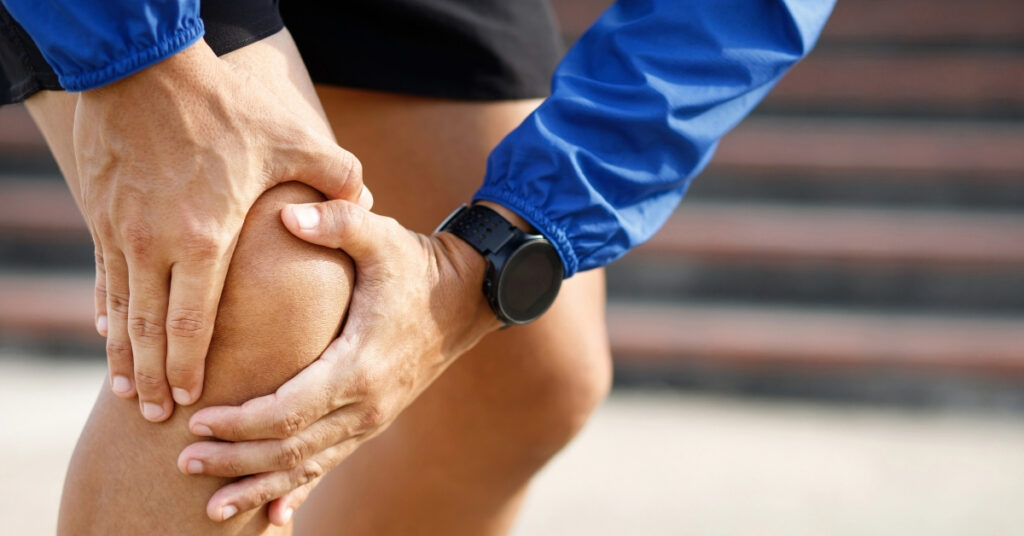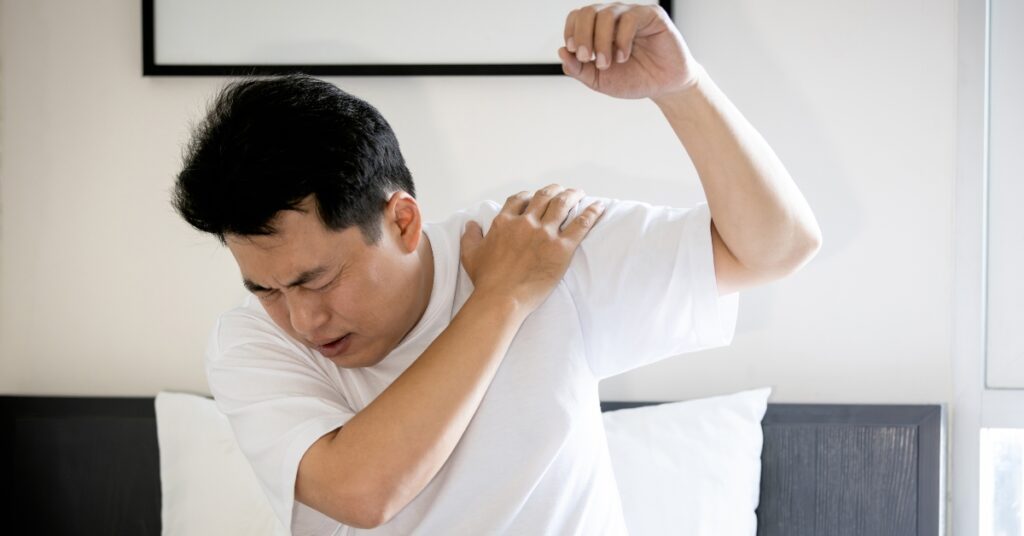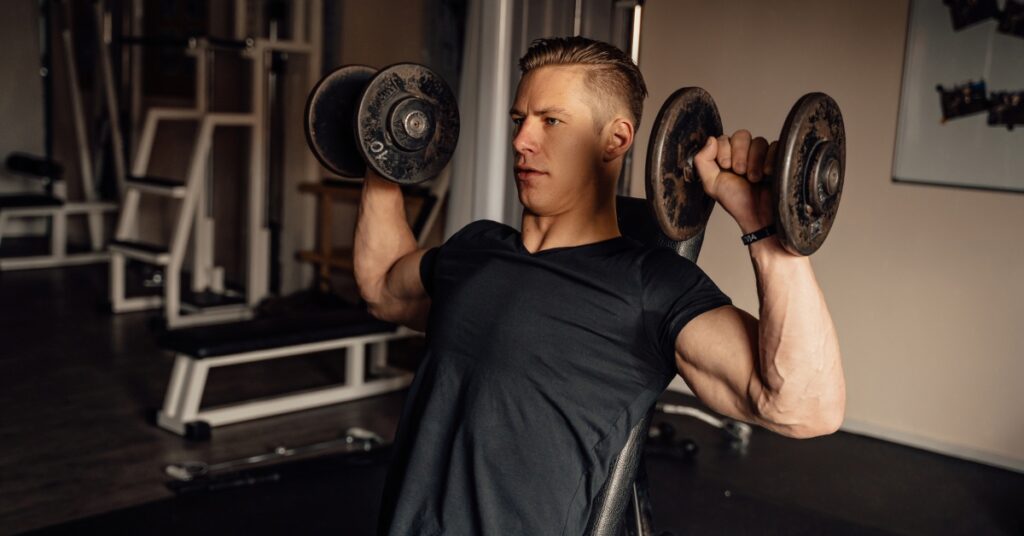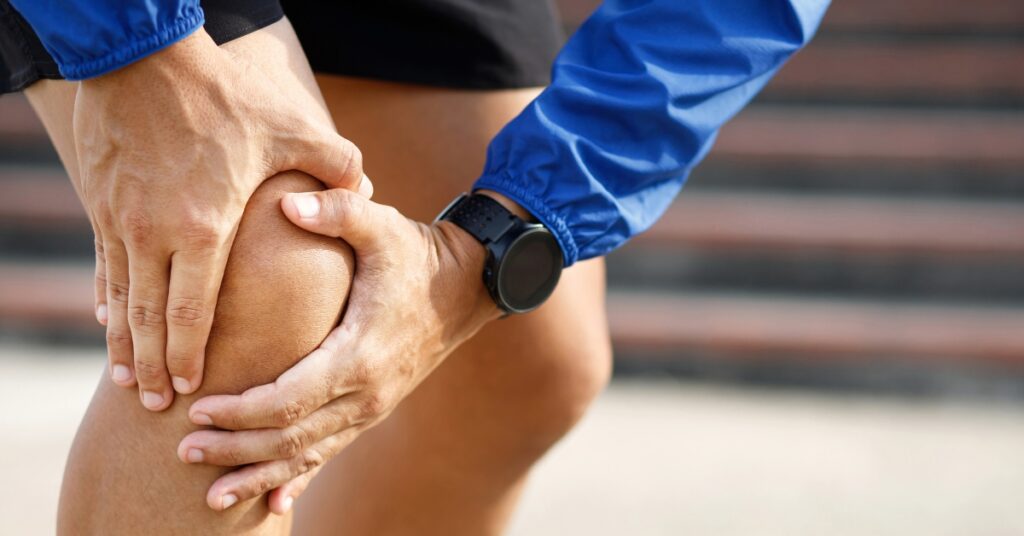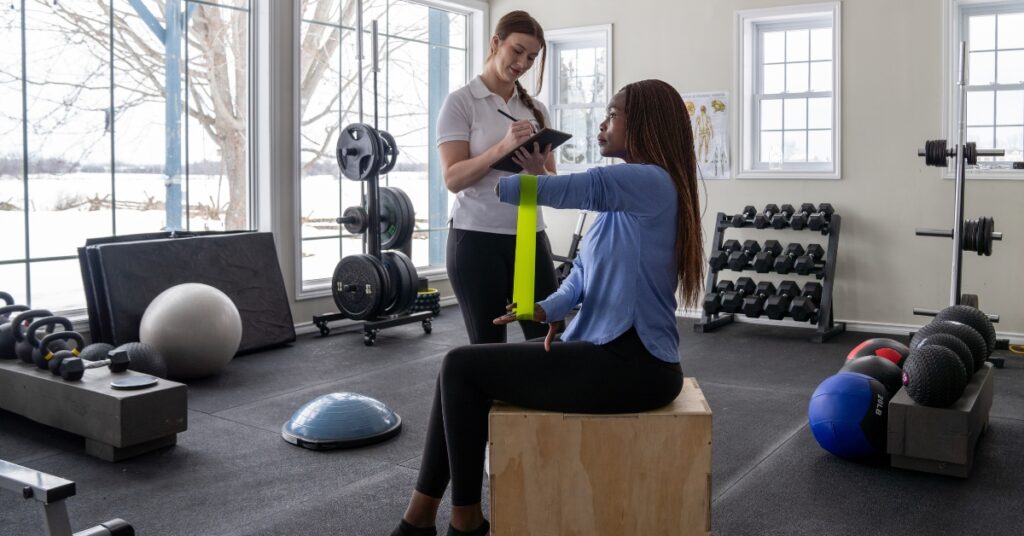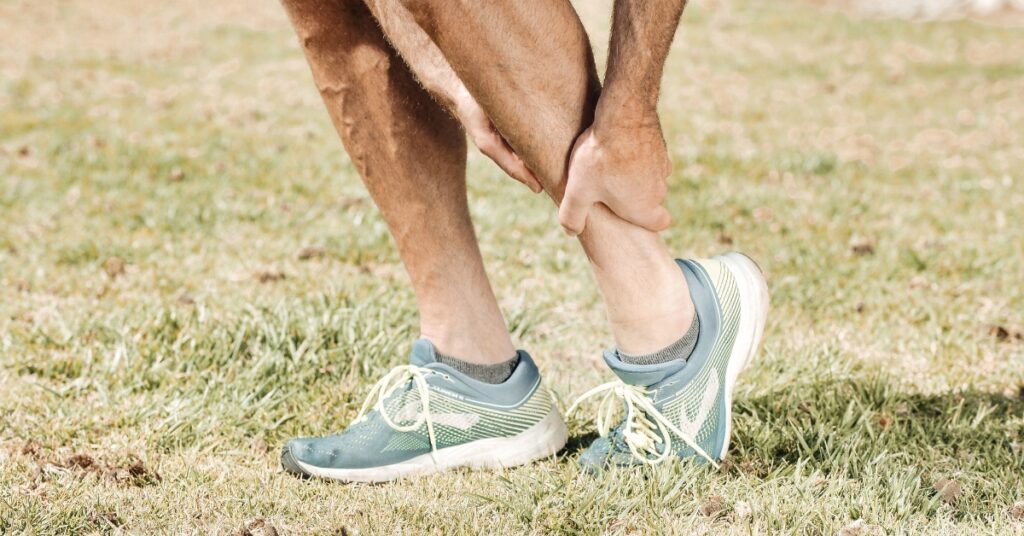Why Your MCL Knee Injury Isn’t Healing—And What Actually Works
You’ve been resting, icing, and doing everything you think you should, but that nagging MCL knee injury still won’t let you move the way you want. It’s frustrating when every step, bend, or twist reminds you that something isn’t quite right.
The truth is, healing isn’t just about waiting. It’s about finding what’s really holding you back. Maybe you never addressed the muscle imbalances that protect your ligament. Or maybe your body’s movement patterns changed after the injury, keeping the stress right where it hurts most.
At Shield Physical Therapy, we see this every day—and it’s not just about your knee. It’s about the chain reaction through your hips, core, and ankles that affects how your knee recovers.
When you finally understand how these systems connect, you can:
• Stop repeating the same injury cycle
• Rebuild strength where it truly matters
• Move with confidence again
If your MCL pain keeps coming back or won’t heal no matter what you try, there’s a reason—and we’ll help you uncover it.

